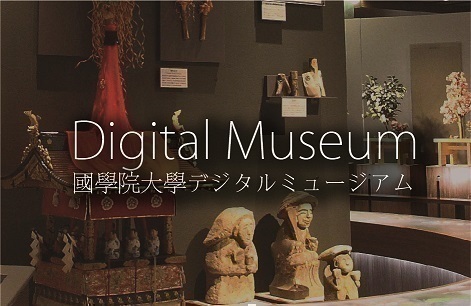- トップ
- Encyclopedia of Shinto
- Tsushima Shintō
Encyclopedia of Shinto
| Main Menu: | |
| Links: |
詳細表示 (Complete Article)
| カテゴリー1: | 8. Schools, Groups, and Personalities |
|---|---|
| カテゴリー2: | Medieval and Early Modern Schools |
| Title | Tsushima Shintō |
| Text | A term used to refer to the shrines and cults characteristic of the island Tsushima in the Sea of Japan, although the actual meaning of the term is not well defined. The island of Tsushima has been very important since antiquity as an intermediary station on maritime routes. Many of Tsushima's shrines are listed in the Engishiki (see shikinaisha), and it is also the place of origin of the Urabe clan, which was in charge of tortoiseshell divination (kiboku) at the Ministry of Deities (Jingikan). In some cases, "Tsushima Shintō" is used to refer to the form of Shintō based on this ancient Urabe tortoiseshell divination. The Tsushima Urabe clan, however, are now extinct. Ruled from the Kamakura to the Edo periods by the Sō House, Tsushima was largely immune from influences from the Japanese mainland due to its remote location, with the result that the structure of its shrines underwent few changes, and even today the vast majority of its shrines are small, retaining strong elements of a cult of sacred territory. These facts are commonly interpreted as indicating traces of the ancient form of kami cult, but they also reflect elements from the Korean peninsula, as seen in the concept of Tendōchi ("land of the heavenly way," a type of sacred place) and mountain (take) cults. Ceremonies are organized by villagers related to a specific shrine, but they also involve the participation of thaumaturges (kitōshi) and female shamans (fugeki) known as hosa and myōbu, deriving from pre-modern esoteric Buddhist Shintō (Ryōbu Shintō). As a result, the term "Tsushima Shintō" is sometimes used to refer as well to this characteristic kind of shrine ritual observed on Tsushima. The hosa and myōbu belong to a different tradition from that of the ancient Urabe clan, and while is possible to see in their magical elements traces of Urabe tortoise divination, it is the cult of sacred space that can be defined as the main feature of the Tsushima Shintō since the medieval period. In the Edo period the Kurase House was appointed by the domain's government as head of hosa throughout Tsushima, and the hosa lineages were called hosa-ie. In some cases the hosa combined roles as supervising priests (kannushi), and their wives, daughters and daughters-in-law were at times employed as miko mediums (myōbu). On the other hand, the island is also home to the Shintō of the Tō House, traditionally in charge of the post of head priest (gūji) of Tsushima; this form of Shintō originated in the late Heian period with the court practice of assigning state officials to the island. Toward the mid-Edo period, the local feudal lord asked Tō Narinobu to survey all the shrines on the island; as the general supervisor of Shintō matters, Narinobu established hierarchical relations between the shrines and defined their deities (saijin). Tō Narinobu studied National Learning (Kokugaku) under Motoori Norinaga, and transmitted a unique teaching which included both the Ogasawara tradition of samurai etiquette (reihō) and studies in military strategy (heigaku). The Tō house tradition, however, includes many aspects that are clearly different from the actual forms of cult in the island. -Mori Mizue |




